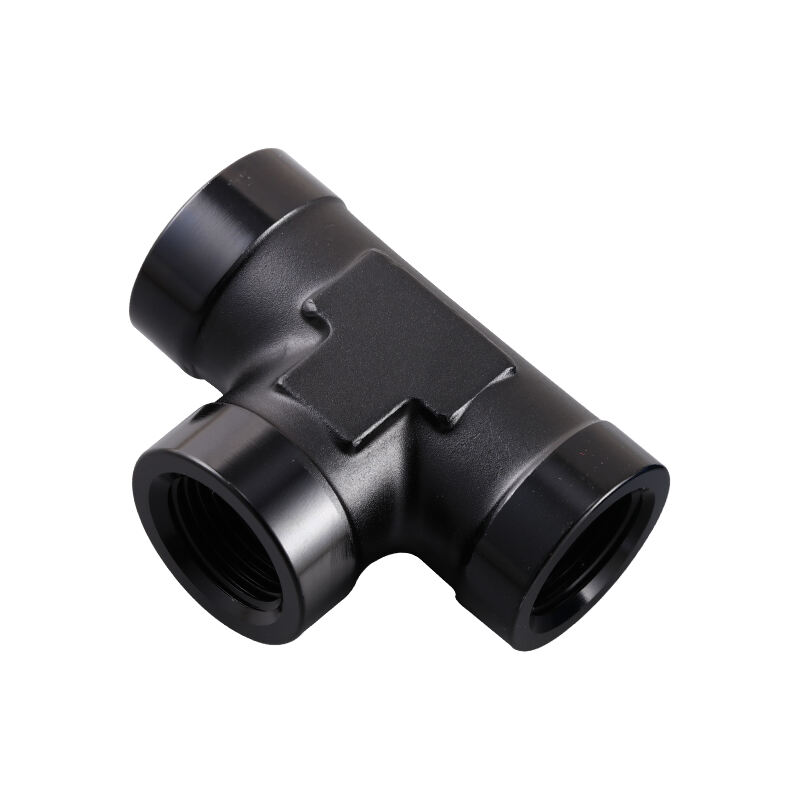
Selecting the appropriate forged AN fittings for your specific application is crucial for ensuring optimal performance and safety. With a variety of fittings available, understanding their specifications and applications can significantly impact your project's success.
Factors to Consider When Choosing Forged AN Fittings
Size and Configuration: Forged AN fittings come in different sizes, measured in AN designations. It’s important to choose fittings that match the size of your hoses and the specific requirements of your system. Common sizes include AN4, AN6, AN8, and so on, each indicating the inner diameter in sixteenths of an inch.
Material Selection: The material of the fitting plays a significant role in its performance. Aluminum fittings are lightweight and suitable for most automotive applications, while stainless steel fittings offer superior strength and corrosion resistance, making them ideal for harsh environments.
Thread Type: Ensure that the thread type of the fittings matches your system's requirements. Common thread types include NPT and JIC , and using the wrong type can lead to leaks and system failures.
Pressure Rating: Always check the pressure rating of the fittings. Forged AN fittings are designed to withstand high pressures, but knowing the specific ratings for your application is essential to prevent failures under extreme conditions.
Installation Tips for Forged AN Fittings
Proper installation is critical for the performance of forged AN fittings. Here are some best practices:
Clean All Surfaces: Before installation, ensure that all surfaces are clean and free of debris. Contaminants can compromise the seal and lead to leaks.
Use Appropriate Tools: Use the correct tools for tightening fittings to avoid over-torquing, which can damage the fittings or hoses.
Test for Leaks: After installation, conduct a thorough leak test to ensure that all connections are secure. Look for any signs of fluid escaping around the fittings.
In conclusion, choosing the right forged AN fittings requires careful consideration of size, material, and application needs. By following best practices for installation, you can ensure a reliable and safe fluid transfer system.